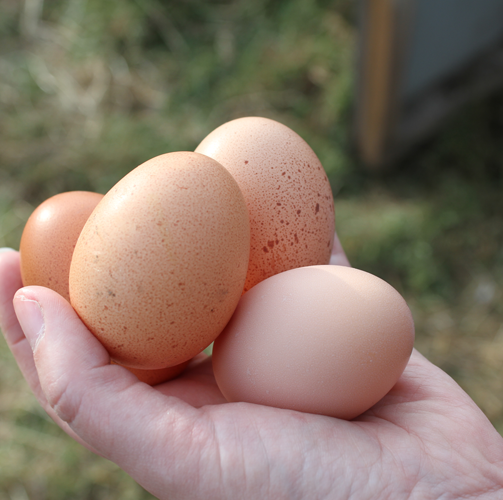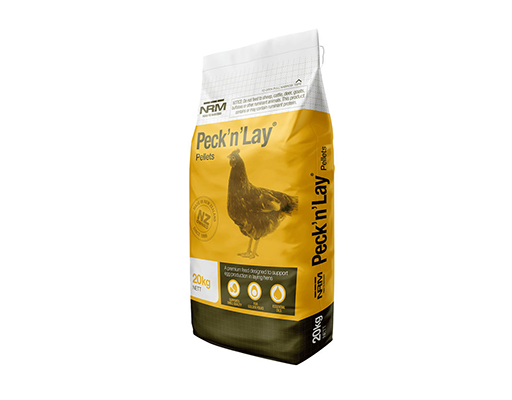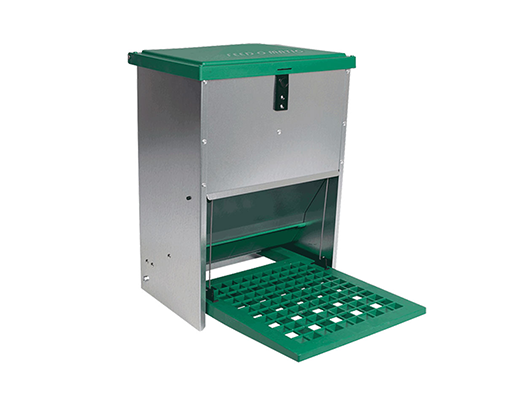INCREASING EGG PRODUCTION AT HOME
Words by Rob Derrick – Head of Farmlands Product Development.
The egg shortage has seen Kiwis rushing out to buy chickens for their own egg supply. Dr Rob Derrick looks at what you should do to get the most out of your backyard egg operation.
If you wish to start keeping laying hens, or to increase your existing output, winter is a good time to review the options. The egg shortage in New Zealand is predicted to end by the start of next year, but the shift to barn and free-range birds is likely to raise the price of eggs long-term by 14-28 percent compared to cage systems.
Light triggers a hen’s pituitary gland to produce eggs. Regular egg laying requires 14-16 hours of light; supplementary lighting in the winter can help bring birds back into lay earlier than if just relying on the sun. Ensure the hen house is an appealing place for your birds to lay their eggs, whilst minimising diseases and mites by regular cleaning and disinfecting. Natural shade from vegetation can shelter birds from the sun and passing hawks; a dust bath and swing can enrich your birds’ lives and reduce aggression.
Ewes and cows become more productive as they get older, but younger hens are more prolific egg layers than older birds, with egg production dropping after their first moult and each moult thereafter. If egg production is your primary goal, more birds, younger birds and modern hybrid birds are the key to success. Demand has pushed up the price of point-of-lay birds (pullets), day-old chicks, fertile eggs and mature birds, but waiting lists are likely to shorten.
The majority of commercial birds in New Zealand are either Hy-Line Brown or Brown Shavers that lay brown eggs up to about 90 weeks of age. Modern hybrid pullets can produce an average of over five eggs per week from 18 weeks to first moult, but they tend have a shorter lifespan than heritage breeds. They can be purchased as sexed, vaccinated day-old chicks or pullets. Hatching home-laid eggs requires the services of a cockerel, which may be prohibited in some by-laws.
Incubation can be by broody hen – more likely with bantams and the heavier breeds of chickens - or incubator. A good hen will also take responsibility for keeping chicks warm without the need for a broody box with heat lamp or pad which will be required for bought-in chicks. Laying hens should not have access to medicated chick starter feed, so the broody hen and chicks should be separated from the laying flock until the chicks learn to access their feed in a creep area only they can access.
Giving a second chance to birds from housed commercial units gives access to high genetic merit birds, but they face a higher risk of getting sick when faced with diseases and parasites they have been protected from in a controlled environment. Attention to hygiene in the chicken house, feeders and water and minimising scraps is especially important when birds are adapting to life outdoors. Poultry nipple water dispensers, for example, can avoid problems associated with bowls and troughs.
For more information check out the NRM Chook Book online. You can download the Chook Book, and other handy animal feeding guides, at nrm.co.nz/products/lifestyle.




